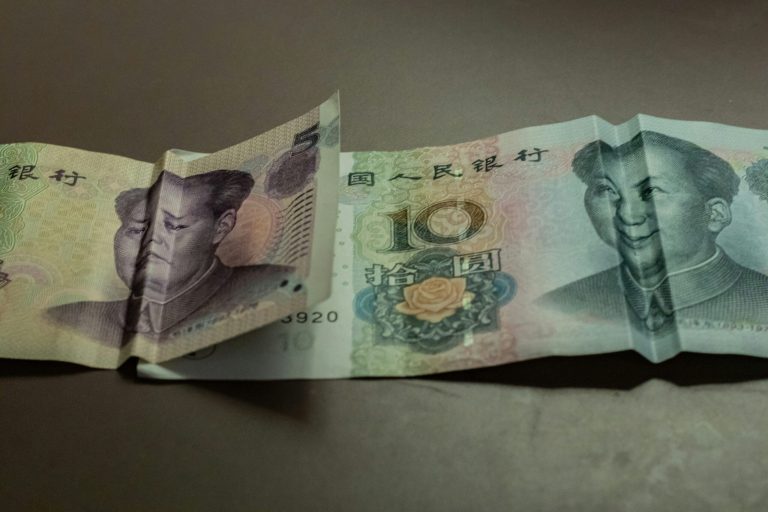China has taken another step forward in advancing its central bank digital currency, or e-CNY, with the launch of a physical payment card for the digital yuan.
Unveiled at the 18th Shenzhen International Financial Expo, the digital yuan card mirrors conventional debit or credit cards in design but with unique features aimed at expanding its utility.
This development underscores China’s ongoing efforts to integrate the digital currency into daily life, despite low adoption rates and competition with private-sector digital payment giants.
According to a Global Times report, the new digital yuan card, presented by the People’s Bank of China, combines both “tap-to-pay” and “scan-to-pay” functionalities, allowing users to make transactions at various POS terminals, scanners, and mobile devices.
The card’s 1mm thickness includes a screen that displays both balance and recent transactions in real-time, with dynamic QR codes enabling instant payment.
This physical “hard wallet” option, which first appeared in pilot programs in 2021, provides a novel alternative to using mobile apps, integrating with HarmonyOS to allow usage without dedicated apps.
Competition from WeChat Pay and Alipay
Since its rollout in 2020, the digital yuan has yet to gain significant traction among China’s population, with reports suggesting mixed reception among citizens.
A key barrier has been the lack of interest on digital yuan balances and limited usability compared to dominant private-sector payment methods.
While the digital yuan card could help bridge the gap for those less inclined to use smartphone apps, it faces an uphill battle in a market where WeChat Pay and Alipay hold a dominant share.
The government’s approach now seems to involve both technological innovation and subtle pressure on private companies to make room for the e-CNY.
Public transport integration
In an effort to increase usability, the digital yuan card is already operational for public transport payments in select cities like Qingdao, Shandong Province.
Local news sources report that the card’s integration with public infrastructure aims to make digital currency payments more convenient for daily commuters.
This strategy aligns with broader efforts to enhance the accessibility of the digital yuan through everyday services, though the card remains one of many pilot initiatives to promote adoption.
The digital yuan’s adoption has reportedly prompted authorities to exert pressure on local digital payment leaders like Tencent Holdings, which operates WeChat Pay, and Ant Group’s Alipay.
Despite approximately 185 non-bank payment institutions in China, these two platforms dominate the market, raising challenges for the digital yuan’s expansion.
Industry observers believe this pressure may gradually shift some user base towards the e-CNY, although it remains to be seen whether this approach will lead to a meaningful increase in adoption.
China’s digital currency journey
The introduction of the physical digital yuan card represents one of China’s latest moves to broaden its financial ecosystem, blending digital innovation with traditional payment methods. Despite the technological strides, uptake has been slow.
The government’s multifaceted strategy reflects a delicate balance: introducing new features while navigating competition from private digital payment solutions.
As Beijing explores additional ways to make the digital yuan more accessible and appealing, the long-term success of the e-CNY in China’s payment landscape remains an open question.
China’s push for a centralised digital currency model sets a precedent with potential global ramifications.
As other countries monitor China’s efforts, the digital yuan’s success or limitations may shape international discourse on digital currencies.
Although still in the early stages of mainstream acceptance, the digital yuan’s journey continues to influence central banks and policymakers considering the future of currency in a digitally-driven economy.
The post PBOC unveils digital yuan hard wallet with dynamic QR codes and offline payment features appeared first on Invezz

